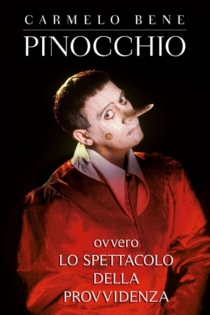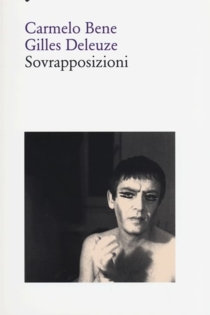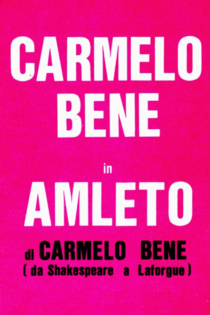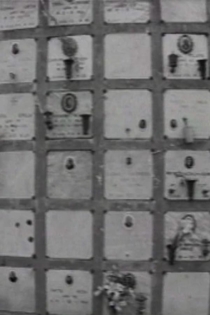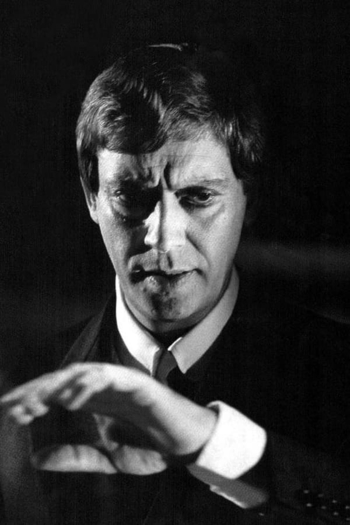
Carmelo Bene
1937 - 2002Bene first made a name for himself with a controversial production of Camus’ Caligula in Rome in 1959. Subsequent productions retained this sense of notoriety, and Bene (like Pasolini) quickly acquired a police record. Bene, however, would come to bemoan the controversy his work created, because it attracted an audience looking for shocks and titillation, while he himself was more concerned with reinventing the vocabulary of the theater: sets, gestures, texts.
Bene’s turn to cinema expanded that quest to reinvent. His films resist synopsis because, although they are often derived from narrative sources, Bene uses these sources against themselves and as a springboard for his critique of the stultifying traps of representation and interpretation. The films are wildly inventive and visually arresting on several levels: the performance styles of his actors, including eccentric movements, gestures and grimaces; the sets, costumes and makeup; the editing; and the use of the camera, with stable shots regularly punctuated by handheld camera work, extreme close ups and the occasional baroque use of zooms, dollies, cranes, elaborate pans and exaggerated camera angles. They resemble something like the work of Jack Smith crossed with the experimental Pasolini of Teorema and Pigsty.
One constant feature of Bene’s work is its satire of heterosexuality. The two sexes keep trying to communicate with each other, but always fail to do so. Bene’s work constantly deflates masculinist pretenses at mastery: his male characters tend to be hapless and often hysterical, while his female characters are alternately predatory and remote, and unknowable in either case. But this satire is merely the most visible form of Bene’s revolt against convention and communication. Over and over again in the films, everyday actions become hopelessly complicated or endlessly interrupted. His characters often end up staring quizzically offscreen or even into mirrors, as if they were no more sure than we are of the meaning of what they see. Indeed, identity and by extension agency seem to get suspended, along with meaning. What is left is glorious spectacle and enigmas for the eyes and ears: endless music; babbling, stuttering text; excessive and exciting images. – David Pendleton
Macbeth Horror Suite
Carmelo Bene
Carmelo Bene, Silvia Pasello
Macbeth, the Thane of Glamis, receives a prophecy from a trio of witches that one day he will become King of Scotland. Consumed by ambition and spurred to action by his wife, Macbeth murders his king and takes the throne for himself.
Macbeth Horror Suite
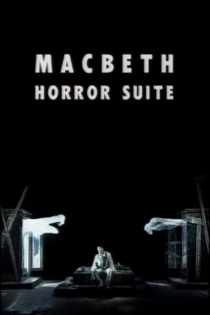
Lorenzaccio, al di là di de Musset e Benedetto Varchi
Carmelo Bene, Mauro Contini
Carmelo Bene, Isaac George
Video registration of Carmelo Bene's play 'Lorenzaccio, al di là di de Musset e Benedetto Varchi', performed in Florence in 1986.
Lorenzaccio, al di là di de Musset e Benedetto Varchi
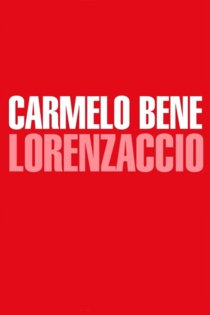
Otello di Carmelo Bene
Carmelo Bene
Carmelo Bene, Cosimo Cinieri
Produced by RAI and filmed in the Turin studios in 1979 but edited years later, in 2001-2002, this is the staging for TV of Carmelo Bene's play of the same name. One of his last works, it premiered in 2002, on March 18, immediately after his death, at the Teatro Argentina in Rome.
Otello o la deficienza della donna

Bene! Quattro diversi modi di morire in versi: Majakovskij-Blok-Esènin-Pasternak
Carmelo Bene
Carmelo Bene
Performance shot in 1977, in which emblematic actor Carmelo Bene, in the charming reconstruction of the ruins of a theater on fire accompanied by the disturbing notes of Vittorio Gelmetti, reads four poems of the Twentieth Century russian poets Vladimir Majakovskij, Boris Pasternak, Aleksandr Blok and Sergej Esènin.
Bene! Quattro diversi modi di morire in versi: Majakovskij-Blok-Esènin-Pasternak

Hommelette for Hamlet, operetta inqualificabile (da J. Laforgue)
Carmelo Bene
Carmelo Bene, Ugo Trama
A TV movie variation on Shakespeare's Hamlet. The movie is a part of Carmelo Bene's multi-medial project on Hamlet, also including the theatrical movie "Un Amleto di meno", a stage drama and the experimental video "Amleto di Carmelo Bene (Da Shakespeare a Laforgue).
Hommelette for Hamlet, operetta inqualificabile (da J. Laforgue)
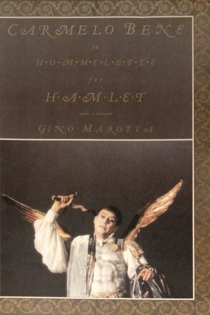
Oedipus Rex
Pier Paolo Pasolini
Silvana Mangano, Franco Citti
In pre-war Italy, a young couple have a baby boy. The father, however, is jealous of his son - and the scene moves to antiquity, where the baby is taken into the desert to be killed. He is rescued, given the name Edipo (Oedipus), and brought up by the King and Queen of Corinth as their son. One day an oracle informs Edipo that he is destined to kill his father and marry his mother. Horrified, he flees Corinth and his supposed parents - only to get into a fight and kill an older man on the road…
Oedipus Rex
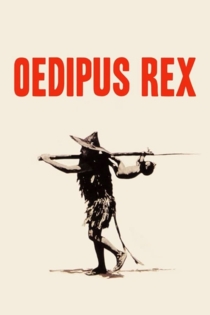
Tre nel mille
Franco Indovina
Franco Parenti, Carmelo Bene
A few days after the arrival of the year 1000, bearer of great misfortune according to the Prophets, the cavalryman Fortunato and two soldiers, Pannocchia and Carestia, travel through Italy in the midst of numerous adventures: The prophetic year is marked only by the discovery on the part of the cavalryman of his wife's betrayal
Tre nel mille

One Hamlet Less
Carmelo Bene
Carmelo Bene, Luciana Cante
The "Hamlet" in this well-mounted Italian spoof is the Danish prince, not a small town or village. The movie irreverently draws on both the Shakespeare play and the 1877 story by Jules Laforgue. In the story, Hamlet (Carmelo Bene) is a would-be playwright. He suffers from inept Freudian analysis by Polonius (Pippo Tuminelli), and Ophelia and Gertrude (Isabella Russo & Luciana Cante) are women conjured up in his erotic imagination.
One Hamlet Less
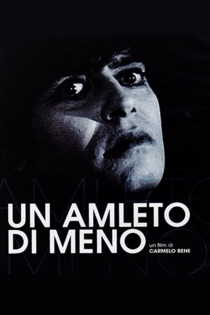
Hermitage
Carmelo Bene
Carmelo Bene, Lydia Mancinelli
Hermitage, defined by Bene as "a rehearsal for lenses", beyond any literal rendition - its narrative trace comes from one of his anti-novels, Credito Italiano V.E.R.D.I - displays his immediate attitude to thinking a cinematic language completely based on actor's movements and actions, and more specifically, on his presence and his schemes. Camouflaged or naked, still or moving, his body seems to play and be played at the same time, shifted by objective and subjective tensions, both metaphorically and visually speaking.
Hermitage
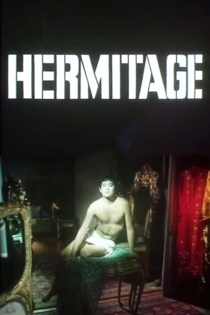
Capricci
Carmelo Bene
Carmelo Bene, Tonino Caputo
After a fight in their apartment, the story of a writer and a painter are divided. The writer is dedicated with his partner Manon to provoke continuous accidents in a field in which car carcasses abound. The painter is recruited to kill, through a poisoned picture, the old Arden to allow the latter's wife, Alice to live with her lover Mosbie.
Capricci

Don Giovanni
Carmelo Bene
Carmelo Bene, Lydia Mancinelli
Spectacular Italian comedy-drama directed by Carmelo Bene. The narrative follows how Don Giovanni tries to seduce a young woman who is manically searching for Christian icons. The film is loosely based on Jules Barbey d'Aurevilly's short story "The Greatest Love of Don Juan", from the collection Les Diaboliques. The film premiered in the Directors' Fortnight section of the Cannes Film Festival.
Don Giovanni


